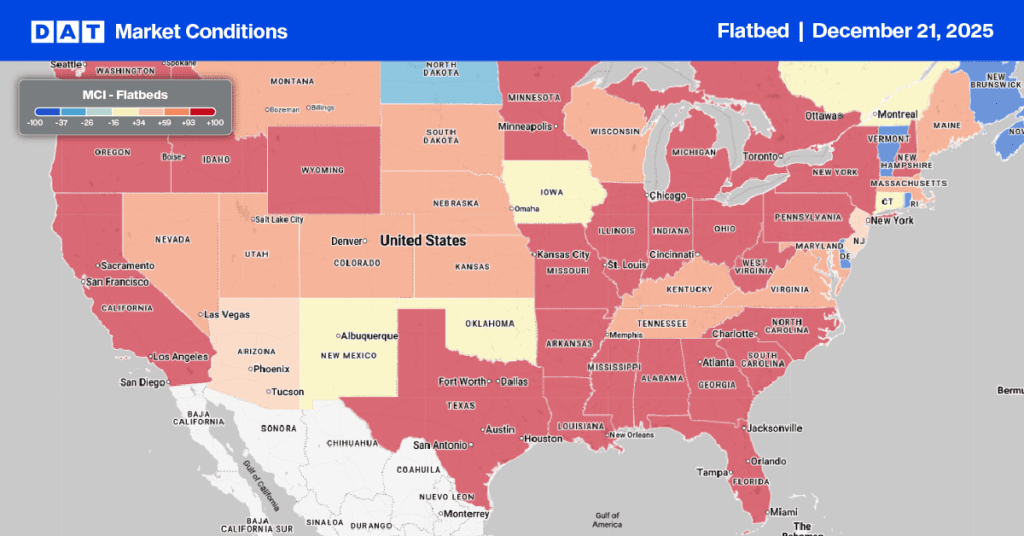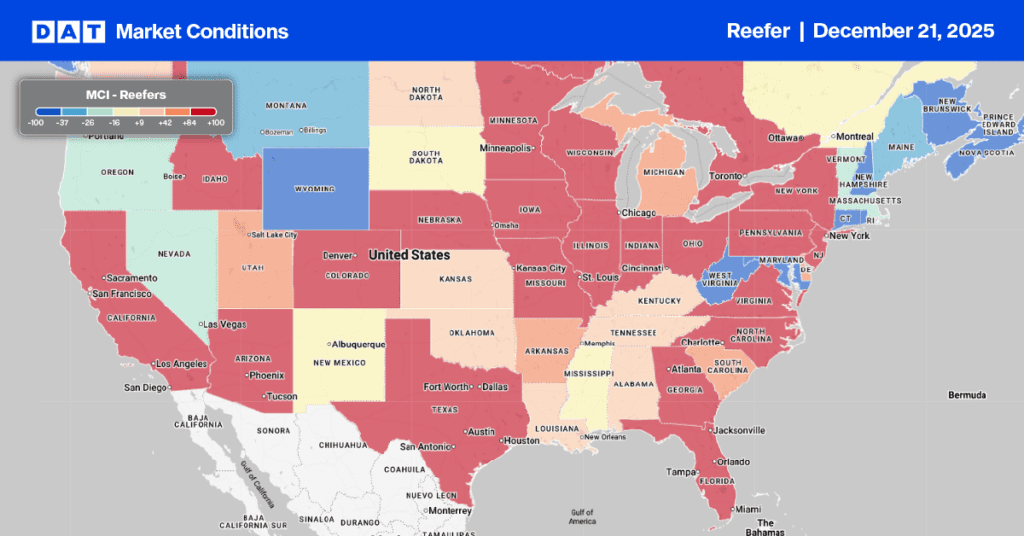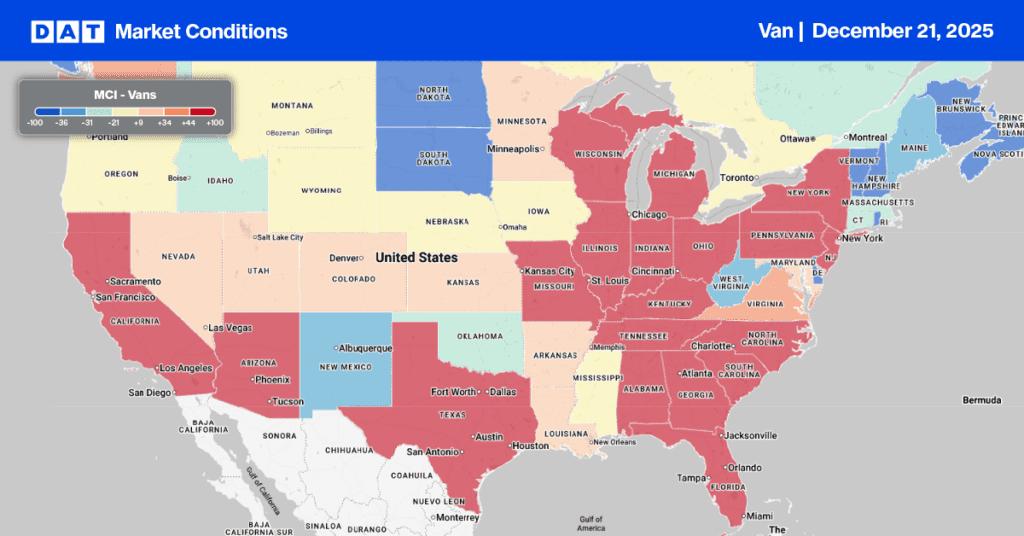There aren’t many occupations that do not provide immediate access to restroom facilities, except for the few in construction with temporary job sites lacking long-term facilities. One that isn’t temporary yet lacks adequate access to restrooms, if at all, is trucking.
Drivers often spend as much as a quarter of their workday unloading and loading at shippers and receivers, often without access to restrooms. In fact, some shippers and receivers ban drivers from using restrooms while on the premises. This isn’t just a hangover from the pandemic when most outsiders were banned from customer facilities, but rather a systemic problem truckers have faced for decades. This discrimination has resulted in legislation recently being introduced. That’s right: legislation.
The larger question is why does it take an act of Congress to help those that were once considered “essential workers” during the early days of the pandemic.
Drivers share some blame.
In defense of our industry’s customers, occupational, health, and safety regulations may limit access to their facilities for various safety reasons. Workers in high-risk industries typically require workers to wear PPE (personal protective equipment) such as hard hats and steel-capped boots, something not every trucker carries has access to. At the very least, access to safety-sensitive environments requires induction training and certification that the driver understands and agrees to all of the company’s safety policies. That takes time, which is something drivers don’t have an abundance of.
Lastly and more importantly, truckers are responsible for treating customer facilities as if they were their own. Too often, we see restrooms littered with trash and in poor condition. The same applies to roadside rest areas where truckers park. The litter left behind is an embarrassment to many in the industry and is often used as a reason the industry lacks adequate parking. Why would we expect the government to build adequate facilities if we can’t look after them in the first place? It’s a logical argument.
One state goes it alone.
After failing to gain any traction late last year, the Truckers Restroom Accessibility Act was reintroduced in early July to address a critical issue faced by truckers across the United States. U.S. Representatives Troy E. Nehls (R-Texas-22) and Chrissy Houlahan (D-Pennsylvania-06) reintroduced the bipartisan bill and are leading the initiative, which is still under review at the time of this writing.
This federal legislation, if enacted, would mandate that truckers be granted access to existing bathroom facilities in establishments where such amenities are provided to customers or employees. One state has done just that.
On Sunday, July 23, a first-of-its-kind law in Washington State took effect, giving truck drivers in the state assurances of restroom access. Gov. Jay Inslee signed legislation requiring shippers and consignees to make restrooms available for truck drivers during regular business hours. The bill, HB1457, swept through the statehouse by unanimous consent.
Legislation in one state is a start, but one out of 50 states isn’t enough. In talking to truckers, it seems counterintuitive that the larger the shipper or receiver, the less likely they are to allow drivers access to restrooms. Drivers say they rarely have issues with smaller businesses but nearly always run into trouble with larger companies. Regardless of size, truckers rank restroom access at the top of the list of things needing fixing immediately.


